“CENTRAL UNIVERSITY OF THE EQUATOR”
FACULTY OF ADMINISTRATIVE SCIENCES
ADMINISTRATION OF COMPANIES
MEMBERS:
Margarita Carchipulla
Rocío Heredia
AE2-3
THE ENVIRONMENT
INTRODUCTION
Everything is understood by environment what affects an alive being and determines specially the circumstances of life of the persons or the company in his life. He understands the set of natural, social and cultural existing values in a place and a certain moment, which they influence the life of the human being and the future generations. That is to say, it is not a question only of the space in the one that develops the life but also it includes alive beings, objects, water, soil, air and the relations between them.
CONCEPT OF ENVIRONMENT
Environment set of elements abióticos (solar power, soil, water and air) and biotic (alive organisms) that integrate the thin cap of the Earth called biosphere, sustenance and home of the alive beings.
THESE EXTERNAL FACTORS ARE:
* physical Environment: Physical Geography, Geology, climate, pollution.
* biological Environment:
1. Population humanizes: Demography.
2. Flora: food source, it influences the vertebrates and arthropods as agents' source.
3. Fauna: food source, guests vertebrates, arthropods vectors.
4. Waters down.
* socioeconomic Environment:
1. Labor occupation or I work: exhibition to chemical, physical agents.
2. Urbanization or urban environment and economic development.
3. Disasters: wars, floods.
At present there exist high levels of pollution caused by the man, but not only the man contaminates, but also there exist some natural factors that as well as they benefit, also they can harm to the environment. Some of these are:
· Alive organisms
They exist animals of shepherding that are beneficial for the vegetation, since it it is the cow that with his dregs he pays the land, also exist animals as the goat that with his hoofs and his way of eating they erode affecting the land.
· Climate
· The rain is necessary for the vegetable growth, but in excess it provokes the drowning of the plants.
· The wind serves in the dispersion of seeds, beneficial process for the vegetation, but lamentably, in excess it produces erosion.
· The snow burns the plants, but some types of vegetation like the araucaria need at one stroke of cold in order that they could come to fruition.
· The heat and the light of the Sun are fundamental elements in the photosynthesis, but in excess they produce drought and the drought, sterility of the land.
· Relief
Beneficial reliefs exist, since they are the mounts replete with trees, but also the harmful ones since they are the volcanoes that can affect the area already be for the ash or for the risk of explosion magmática. The relief it forms any irregularity that takes place in the terrestrial surface. Therefore, it can give place to elevations as to collapses in the area. The current relief of the Earth is the result of a long process. According to the theory of the tectonic one of plates the lithosphere is divided in diverse tectonic plates that move slowly, which provokes that the terrestrial surface is in continuous change, theory of the continental drift.
· Deforestation
It is a factor that affects in great way the land because the trees and plants delay in returning to grow very much and are important elements for the environment.
· Sobreforestación
This end also turns out to be harmful to the Environment so when many vegetation exists, this one absorbs all the minerals of the surface in which he is. Of this form, the soil remains without sufficient minerals for his own development. A way of avoiding this consists of using a Rotation of cultures adapted to the zone.
· Forest fires
It might be call him a type of deforestation with massive and lasting effects to the area. The
land that has been exposed to the fire delays hundreds of years to return to use.
land that has been exposed to the fire delays hundreds of years to return to use.
CONSTITUENT OF THE ENVIRONMENT
The atmosphere, which it protects to the Earth of the excess of ultraviolet radiation and allows the existence of life is a gaseous mixture of nitrogen, oxygen, hydrogen, carbon dioxide, steam of water, other elements and compounds, and particles of powder. Warmed by the Sun and the radiant energy of the Earth, the atmosphere circulates concerning the planet and modifies the thermal differences. For what refers to the water, 97 % is in the oceans, 2 % is ice and 1 remaining % is the sweet water of the rivers, the lakes, the underground waters and the atmospheric moisture and of the soil.
The soil is the thin mantle of matter that sustains the terrestrial life. It is a product of the interaction of the climate and of the rocky substratum or rock mother, as the morrenas glaciers and the sedimentary rocks, and of the vegetation. On all of them the alive organisms depend, including the human beings. The plants are served the water, the carbon dioxide and the solar light to turn raw materials into carbohydrates by means of the photosynthesis; the animal life, in turn, depends on the plants in a sequence of interconnected links known as network trófica.
ENVIRONMENTAL PROBLEMS
1) Carbon dioxide
One of the impacts produced on the terrestrial environment has been the increase of the concentration of carbon dioxide (CO2) in the atmosphere. The quantity of CO2 atmospheric had remained stable, seemingly for centuries, but from 1750 it has increased in 30 % approximately. The significant of this change is that it can provoke an increase of the temperature of the Earth across the process known as greenhouse effect. The atmospheric carbon dioxide tends to prevent that the wave radiation talks escape to the exterior space; provided that more heat takes place and can escape less, the global temperature of the Earth increases.
2) Acidificación
The acidificación owes to the emission of dioxide of sulphur and oxides of nitrogen for the thermal power stations and for the leaks of the vehicles to engine. These products interact with the light of the Sol, the dampness and the oxidizers producing sulphuric and nitric acid, which they are transported by the atmospheric traffic and fall to land, dragged by the rain and the snow in the so called acid rain, or in the shape of dry warehouses, particles and atmospheric gases. The acid rain is an important global problem.
3) Destruction of the ozone
Studies showed that the cap of ozone was being affected by the increasing use of chlorfluorocarbons (CFC consisted of fluorine), which are used in refrigeration, air conditioning, solvents of cleanliness, materials of packaging and aerosols. The chlorine, a chemical secondary product of the CFC attacks to the ozone, which is formed by three atoms of oxygen, snatching one of them to form monoxide of chlorine. This one reacts later with atoms of oxygen to form molecules of oxygen, liberating molecules of chlorine that separate into its elements more molecules of ozone.
4) Other toxic substances
The toxic substances are chemical products which manufacture, accused, distribution, use and elimination represent a risk inasumible for the human health and the environment. The majority of these toxic substances are chemical synthetic products that penetrate in the environment and persist in him during long periods of time.
5) Radiation
A more serious problem which the nuclear industry faces is the storage of the nuclear residues, which preserve his toxic character from 700 to 1 million years. The safety of a storage during geological periods of time is, at least, problematic; meanwhile, the radioactive residues accumulate, threatening the integrity of the environment.
6) Erosion of the soil
The erosion of the soil is hastening in all the continents and is degrading approximately 2.000 million hectares of land of culture and of shepherding, which represents a serious threat for the global supply of provisions. Every year the erosion of the soils and other forms of degradation of the lands provoke a loss of between 5 and 7 million hectares of cultivable lands. The erosion of the soil and the loss of the lands of culture and the forests it reduces in addition the capacity of conservation of the dampness of the soils and adds sediments to the currents of water, the lakes and the reservoirs..
7) Water demand
The problems of erosion are aggravating the increasing world problem of the water supply. The majority of the problems in this field are given in the semiarid and coastal regions of the world. The human populations in expansion need systems of irrigation and water for the industry.
CONCLUSION
CONCLUSION
The Environment is the biggest work of Our Gentleman, is because of it of that we must take care and preserve it for good of us themselves and of all the alive beings who live our planet. You cause as the destruction of the cap of ozone, the pollution of the water, the carbon dioxide, acidificación, erosion of the soil, chlorinated hydrocarbons and other reasons of pollution like the spilling oil are destroying our planet, But the " reason that produces other reasons " we are we themselves ..., there are persons that it does not matter for them to throw a tin in the street or a paper, or any other thing, knowing that increasingly they are contaminating the environment, the correct thing would be to place the garbage or the residues in the wastebasket or to take it to the most nearby dust-bin that one finds in the street, with regard to the pollution of the air the drivers it should look for the form of which his vehicle does not originate so much carbon dioxide, which is totally harmful as well as also the acids used for the plants, also the insecticidas and other chemical sprays, for the cap of ozone that is very important for us because it protects us from the ultraviolet beams of the Sun.
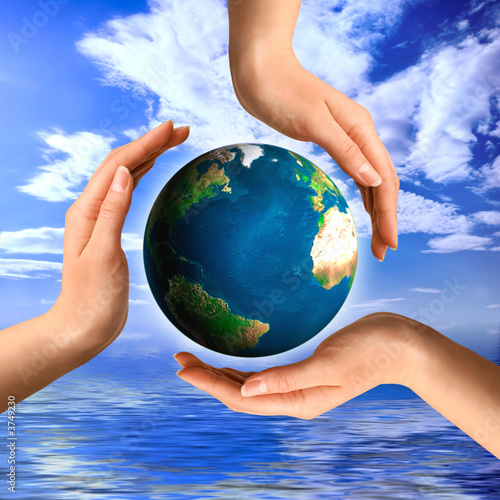
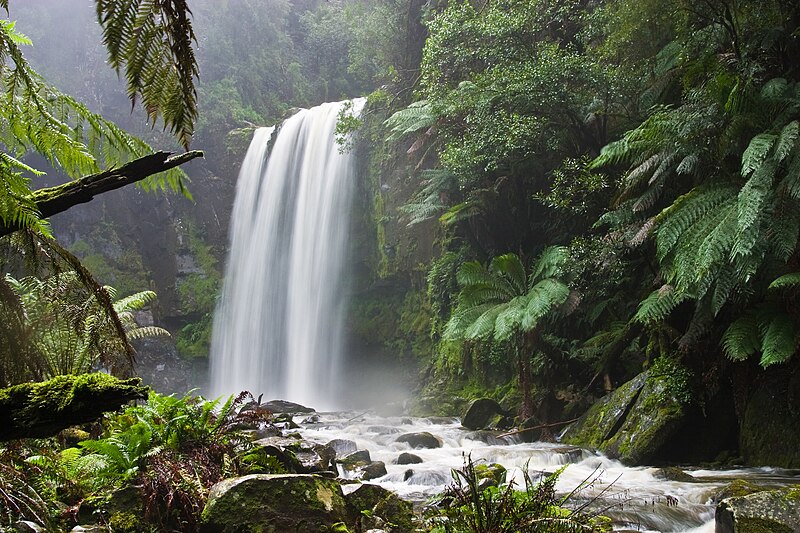

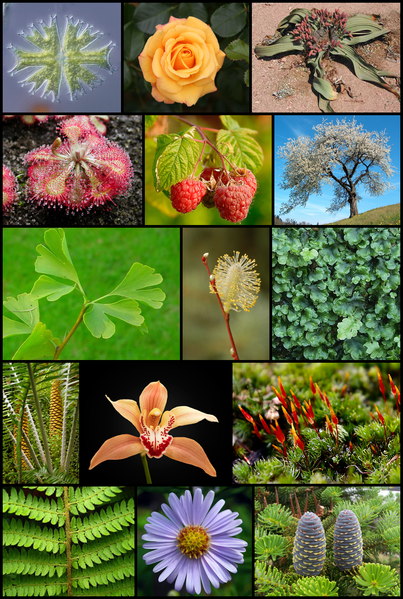
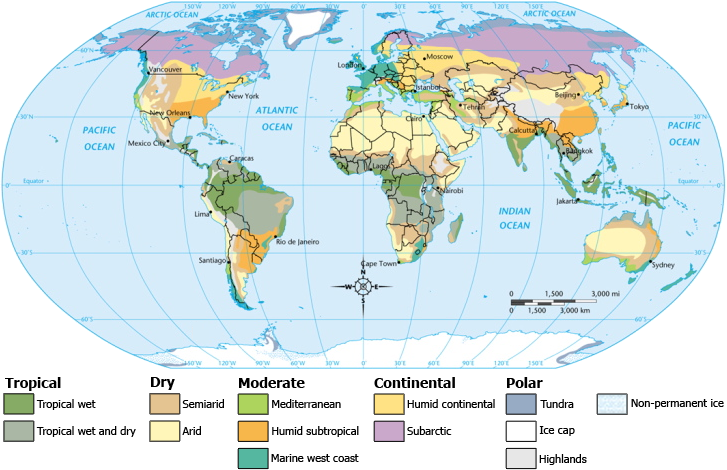
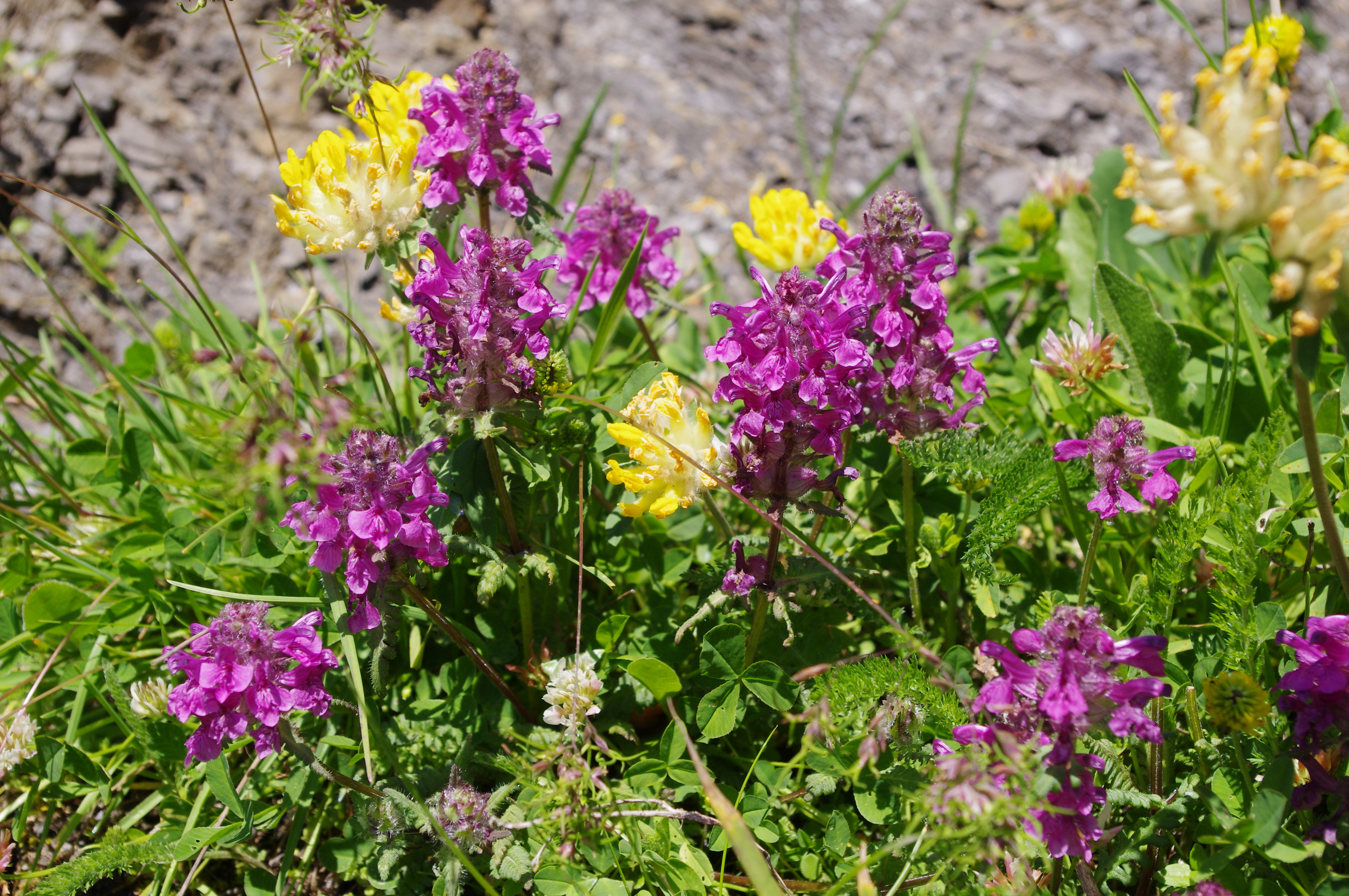
No hay comentarios:
Publicar un comentario